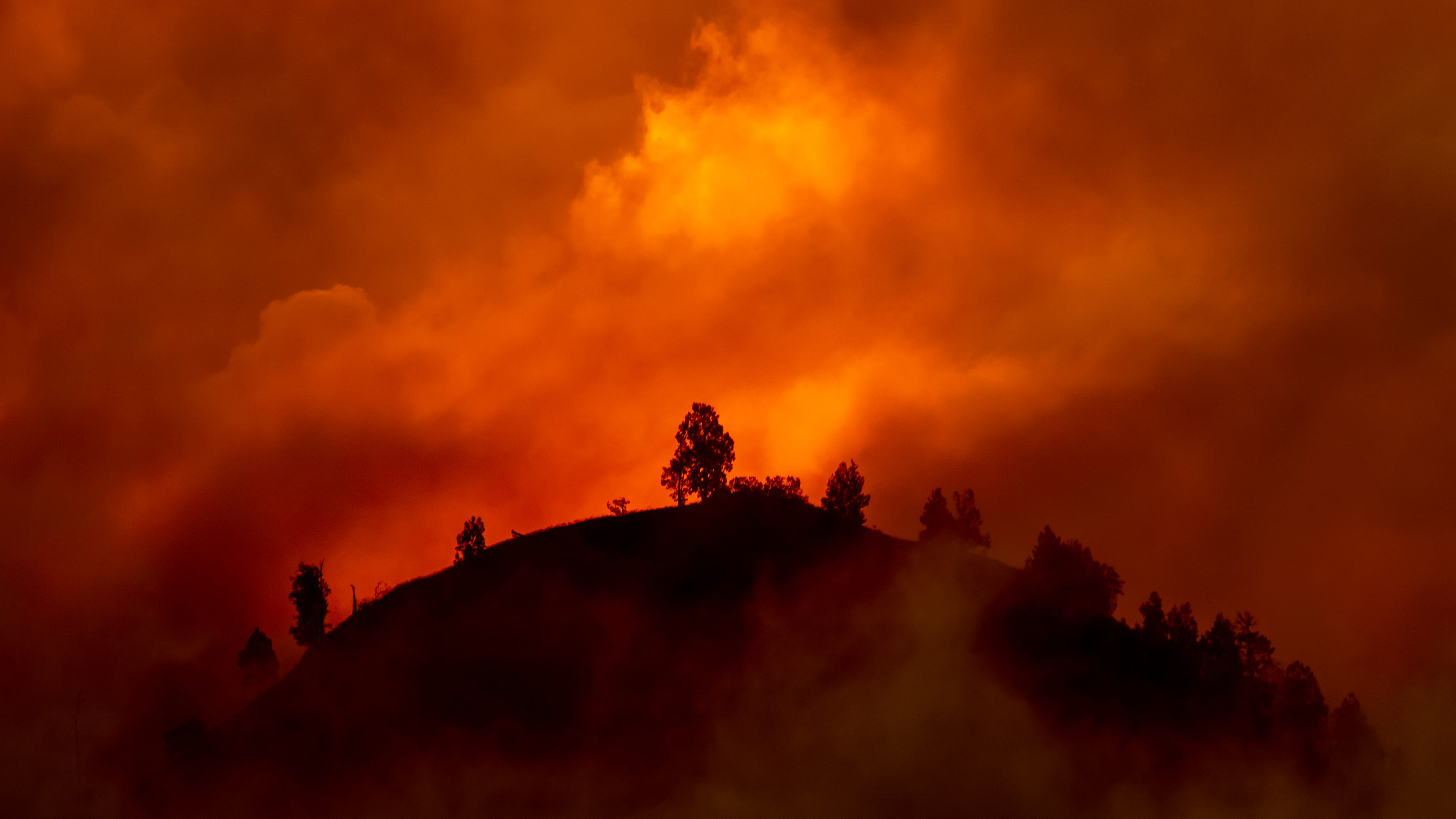
Imagine the flames of a wildfire consuming your home. It’s a horrifying thought, and you’ve probably purchased fire insurance, signed up for emergency alerts, created a “go bag,” and made an evacuation plan in order to address the direct risk of fires. (Right?)
All those steps are important. But the biggest risk from California’s wildfires, it turns out, isn’t the fires themselves. It’s the smoke.
That’s according to emerging research from Stanford University, which looks at wildfires in California from a variety of angles. The research was summarized in a comprehensive overview published on Stanford University’s website and written by Kylie Gordon of the Bill Lane Center for the American West.
Referencing the work of Bruce Cain, a Professor of Political Science at Stanford, Gordon writes that while California homeowners are used to cutting firebreaks and taking other steps that “address an urgent need to reduce the risk of ignition, few are ready for the toxic air that inevitably accompanies wildfires.”
“It’s startling how ill-prepared folks are for the smoke,” Cain told Gordon.
Smoke is just a nuisance, right? It’s annoying, for sure, but you’ve probably stood next to a campfire before or inhaled a bit of smoke at a barbecue and been just fine. Is wildfire smoke really much worse?
According to research performed at Stanford and elsewhere, the answer is a resounding “Yes.”
In Gordon’s words, research by scientists including Kari Nadeau at Stanford revealed: “200-plus toxins that shroud the air during a wildfire,” including “microplastics, volatile organic compounds, heavy metals and any kind of nitrogen oxide species.”
These are many of the same chemicals found in Drano, dishwashing fluid, cleaning products, and soap, Nadeau told Gordon.
The issue is that — unlike a campfire or barbecue — wildfires don’t just burn grass or trees. They also burn houses, cars, industrial equipment, and everything else in their path. All those items (and the plastics and other materials they contain) get vaporized and travel through the air as small particulates, often called PM2.5. These are the particles you might see tracked on a website like PurpleAir.
When you inhale air containing those tiny particles, all those chemicals end up in your lungs. But crucially, Stanford research found, they don’t stay there. As Gordon writes, “smaller organic compounds can make their way into our bloodstream and are circulated throughout our bodies.” According to Stanford scientist Mary Prunicki, having those chemicals in your blood shortens your life span and decreases your quality of life. Nadeau told Gordon that smoke levels during the 2018 Camp Fire meant that breathing in the Bay Area was equivalent to smoking 8–10 cigarettes.
Other Stanford research shares the horrific impact of all this smoke exposure. In 2020, researchers estimated that wildfire smoke in California killed 1,200 people by causing heart attacks, strokes, and other premature deaths. And those studies looked only at people over 65, so that number is probably an undercount, according to reporting by Insider. In contrast, only 50 people perished in the actual fires themselves.
What can you do to keep yourself and your family safe this fire season? Here’s the bad news first — Gordon shares that this fire season is expected to be especially severe, given California’s ongoing drought.
Still, there are a variety of steps Californians can take to stay safe. As Gordon shares, these range from basic steps like staying indoors and fixing air leaks in your home, to larger-scale ones like advocating for environmental policies which address racial disparities in wildfire smoke impact. (Gordon shares that areas with lower incomes and more racial or ethnic diversity tend to have higher levels of damaging PM2.5 particles).
My biggest takeaway was the importance of using air purifiers in your home during fire season if you’re able to do so. I’ve tested a wide variety of HEPA purifiers — which Gordon recommends based on Stanford’s research — and found that they lowered the indoor particulate levels in my own home dramatically. Even changing home air filters or exploring DIY options can make a big difference, as other TBI writers have found.
Sadly, with climate change leading to more droughts and more extreme weather across the board, fires and their pervasive smoke are likely here to stay. Take steps now to keep your loved ones safe. Traditional fire prep (evacuation plans, fire breaks, and the like) is still essential and limits the spread of any fires which do crop up.
Sign up for The Bold Italic newsletter to get the best of the Bay Area in your inbox every week.
But as you plan for fire season, make sure to follow Stanford’s advice and make a plan for smoke protection, too.







